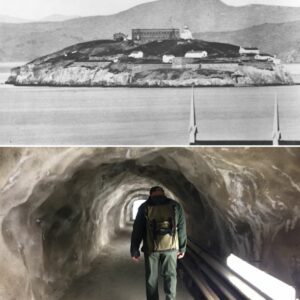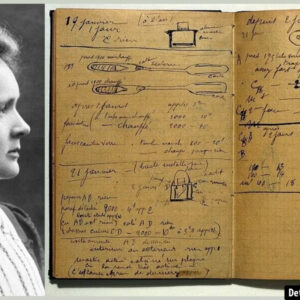The 1980s marked a unique period in Soviet history, a decade that was filled with both tension and transformation. Despite the political and economic struggles of the time, Soviet citizens lived their lives amidst the ever-present backdrop of ideology, consumer shortages, and the hope for better days. Photographs from this era offer us a rare glimpse into the daily lives of ordinary people, from public spaces to personal moments, highlighting the paradoxes and peculiarities of Soviet society. These photographs, preserved through time, are more than just historical artifacts; they are windows into a world that many remember fondly, albeit through a lens clouded by nostalgia.
Iconic Soviet Moments: Captured in Time
One of the most striking images from the 1980s Soviet Union captures a seemingly ordinary moment: police officers repairing a girl’s bicycle in the 1980s. This image is far more than just a snapshot of an everyday occurrence—it represents the state’s involvement in even the most personal of affairs. During this time, the Soviet government was omnipresent, often seen in public service roles like this one, aiming to maintain order while fostering a sense of unity and support among citizens.

Similarly, an image of a young girl carrying lunch to her father working in the field evokes both the simplicity of rural life and the dedication of the people who labored to sustain the state. The girl’s innocent task symbolizes the intergenerational responsibility that was so deeply ingrained in Soviet culture, where family roles were intertwined with the state’s demands. These images show not just Soviet life but the spirit of resilience and community that defined the period.
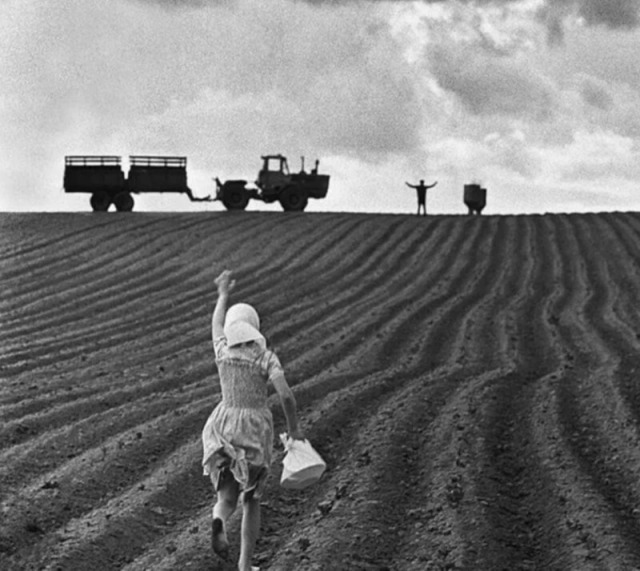
Video
Watch the video Everyday Life in the USSR – raw footage of a day in the Soviet Union (1989).
Soviet Daily Life: Public Spaces and Leisure
As much as daily life was about work, the 1980s also featured moments of rest and leisure, even within the confines of the Soviet system. One photograph from 1987 takes us inside a Soviet hostel, where people are shown sharing living spaces, a stark contrast to the private homes we may be familiar with in the West. Soviet hostels, designed for travelers, workers, and students, were communal by nature and reflected the collective mentality that permeated Soviet society. These spaces, though simple and often overcrowded, also offered a sense of community among strangers.

Another iconic moment from this era is captured in a photograph of a kiosk selling Fanta in Moscow during the late 1980s. In a city defined by rationing and limited consumer choice, Fanta and other foreign goods were a rare luxury. They represented a small taste of the West, a glimpse into the possibilities of consumer culture that many longed for but could not fully access. The image of this soda kiosk is not just about a product—it’s a snapshot of Soviet life at the crossroads of tradition and modernity, with citizens making do with what they had while dreaming of what could be.
A Symbol of Soviet Consumerism: The “Kopeyka” Car

For many Soviet families, owning a car was a dream. The photograph of the happy owners of a “Kopeyka,” the iconic Soviet compact car, encapsulates the sense of pride and achievement that came with owning one’s own vehicle. The “Kopeyka,” officially known as the Vaz-2101, was a symbol of Soviet consumerism, albeit a modest one. It was a symbol of stability, a marker of socioeconomic success, and a glimpse into a future where ordinary citizens could enjoy some of the comforts of Western life. However, this dream was often elusive, as limited production and economic difficulties made car ownership a rare privilege.
Food and Drink in Soviet Cafeterias
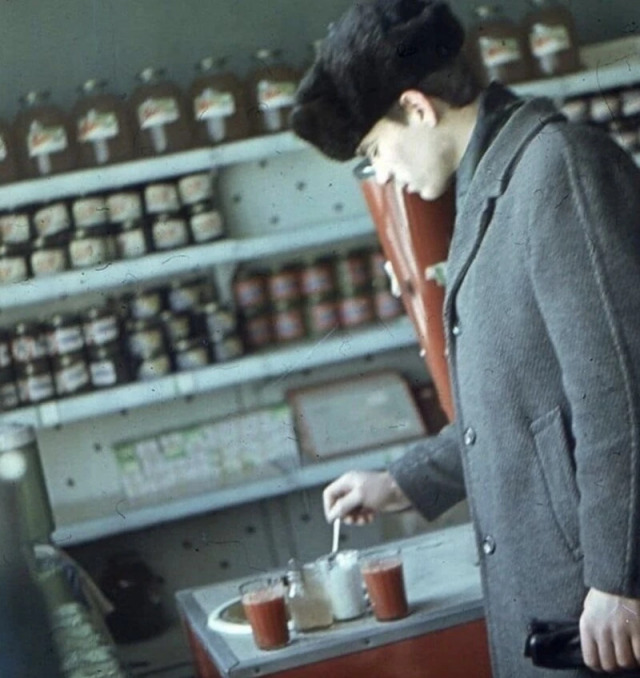
Soviet cafeterias were often the lifeblood of workers and students, where simple, filling meals were served to a populace accustomed to shortages. A photograph of a tomato juice with salt in a cafeteria, from the 1970s, serves as a perfect example of the modest fare served during this era.
The drink, priced at 10 kopecks for the juice and free salt, epitomizes the frugality that was necessary to survive in the Soviet Union. Such images remind us of the rationing that defined the everyday life of ordinary citizens, where luxuries were few and far between.
Public Figures and Monumental Spaces
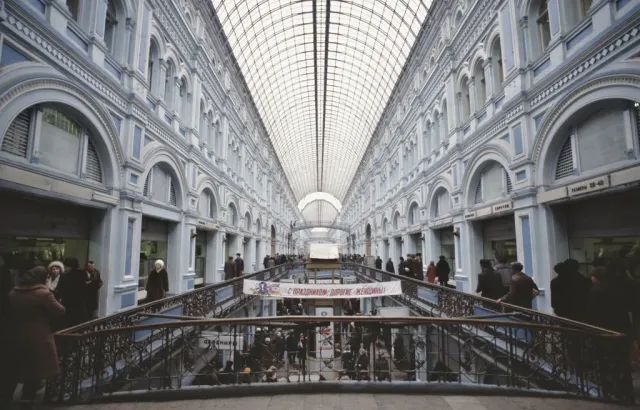
The Soviet Union was characterized by its grandeur and the symbolism of public monuments. One of the most striking public landmarks in Soviet Russia was the GUM Department Store, facing the famous Red Square in Moscow. This massive structure was not just a place to shop; it was also a symbol of Soviet achievement. The GUM, like many other state-run institutions, represented the aspirations of the USSR, showcasing the ideals of unity and progress, even if the actual products available were limited.
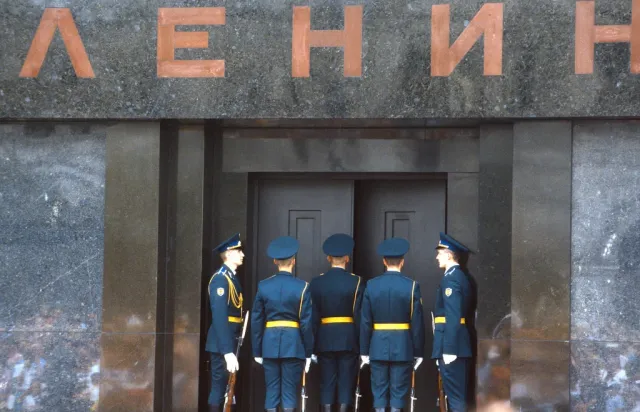
In contrast, another key Soviet landmark, the Lenin Mausoleum, was a symbol of the regime’s ideological commitment to its founding principles. The mausoleum, where Lenin’s embalmed body lies in state, was a powerful reminder of the strength and permanence the Soviet leadership sought to convey. Both these sites, iconic in their own right, reflect the grandeur of Soviet propaganda and its attempt to create an enduring image of unity and strength.
Leisure and Entertainment in the Soviet Union
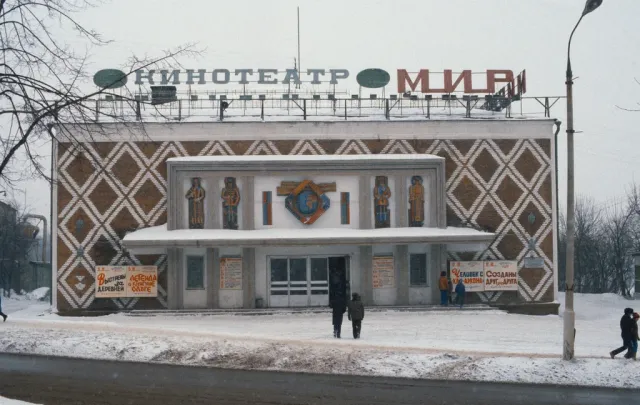
Entertainment, though tightly controlled, also played an essential role in Soviet life. A photo of a visit to the Mir Cinema in Zagorsk, now known as Sergiyev Posad, highlights the role of cinema as a form of escapism in the Soviet Union. The Mir Cinema, like many theaters, showcased films that were carefully vetted by the state, with themes that promoted Soviet ideals. Despite this, going to the movies was a cherished activity, offering a brief reprieve from the everyday struggles of Soviet life.
The photo of a roadside fruit stand brings to light the contrast between Soviet ideals of agricultural abundance and the realities of food scarcity. While fruit was available in Soviet markets, it was often hard to come by, particularly exotic fruits like oranges. This image of a fruit vendor reminds us of the basic, everyday survival that many people in the USSR faced, and how even small luxuries were highly sought after.
Soviet Market Life: A Snapshot of Simplicity
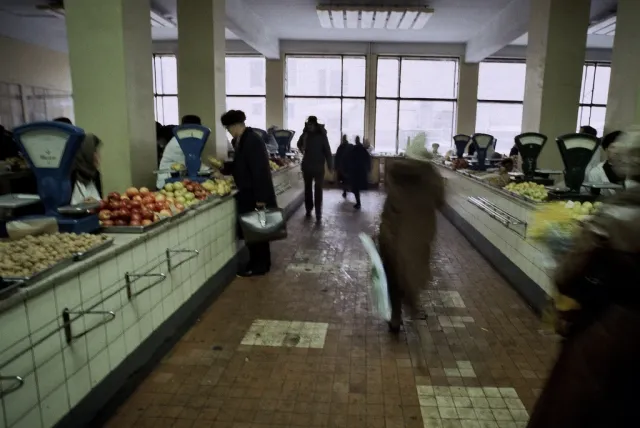
In the 1980s, Soviet street life was characterized by markets and kiosks where vendors sold everything from flowers to everyday items. One such photograph captures a flower seller in the city, offering a rare look at private enterprise in a system that was largely state-controlled. These small, personal interactions provided an important glimpse into the lives of Soviet citizens, who often relied on informal markets to acquire what the state could not provide. Such images showcase the resilience and ingenuity of people who navigated a complex and often restrictive system.
Gallery: Iconic Soviet Photographs from the 1980s
The following images take us even deeper into the lives of Soviet citizens, showcasing a wide range of moments from the 1980s:
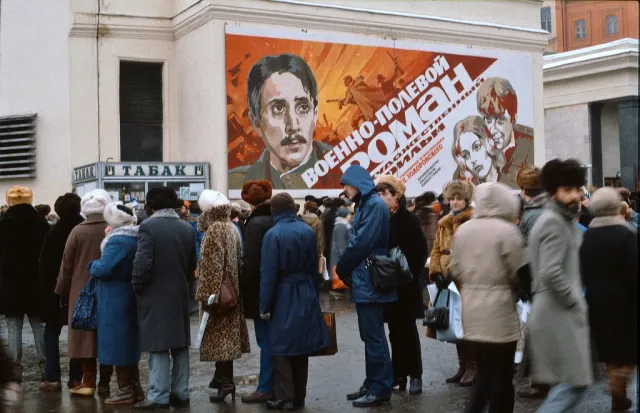


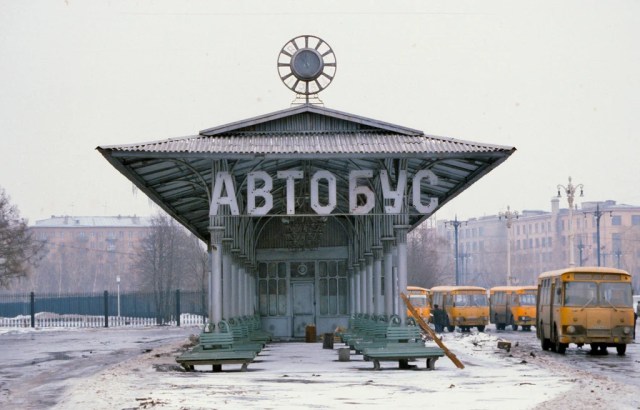
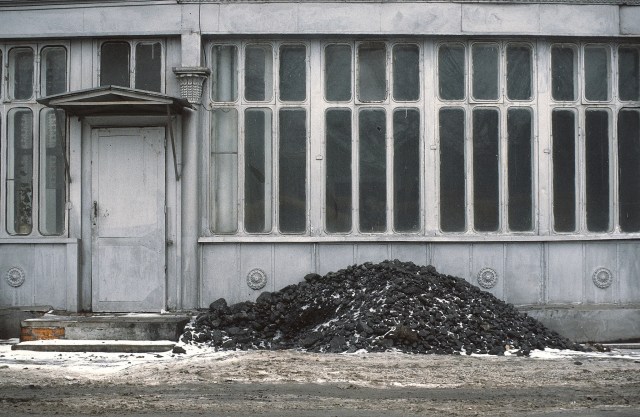
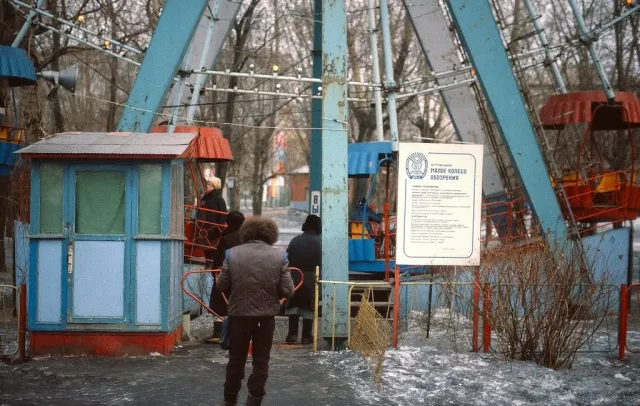
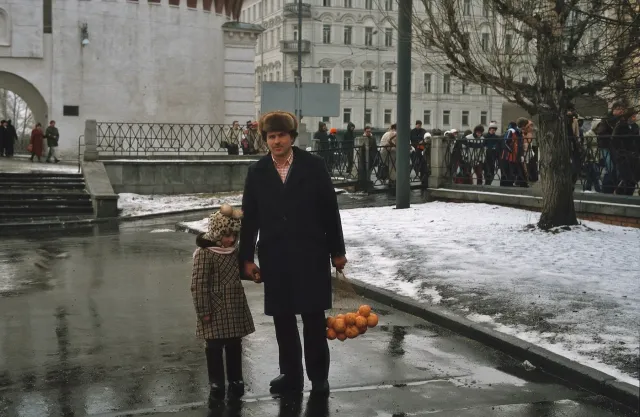
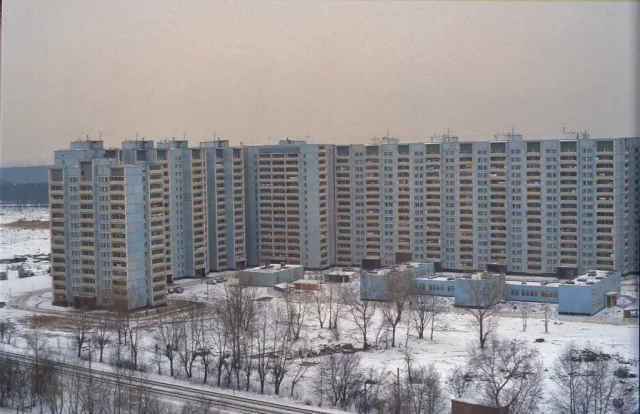
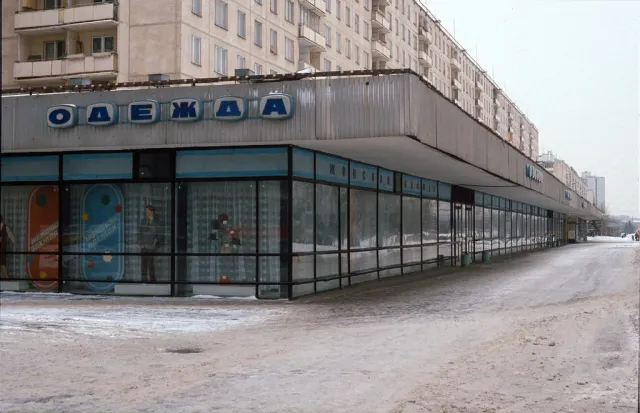
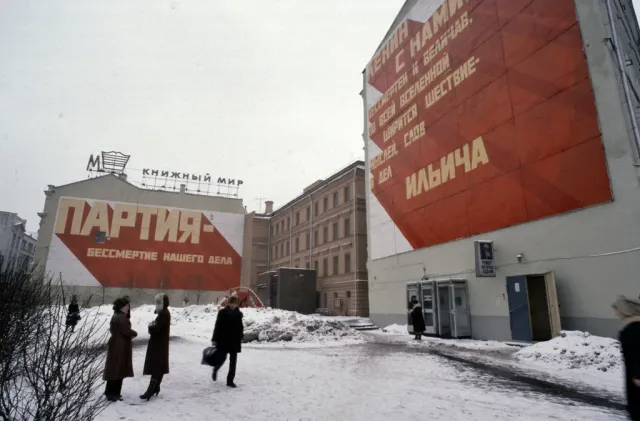


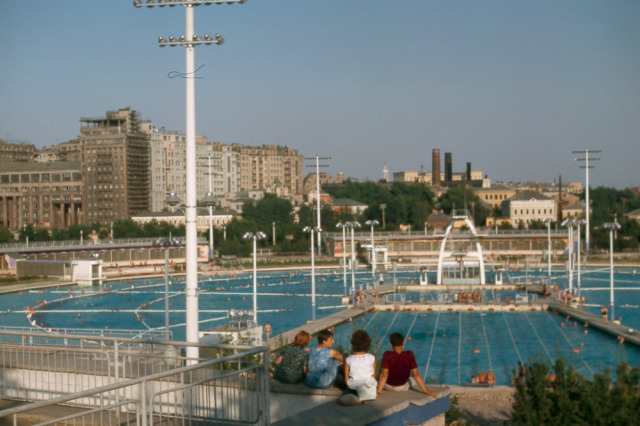
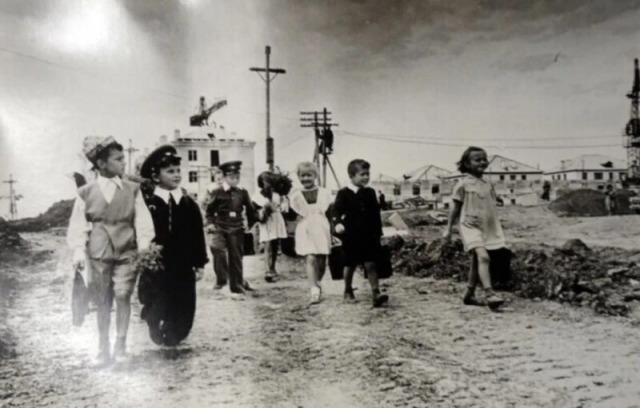
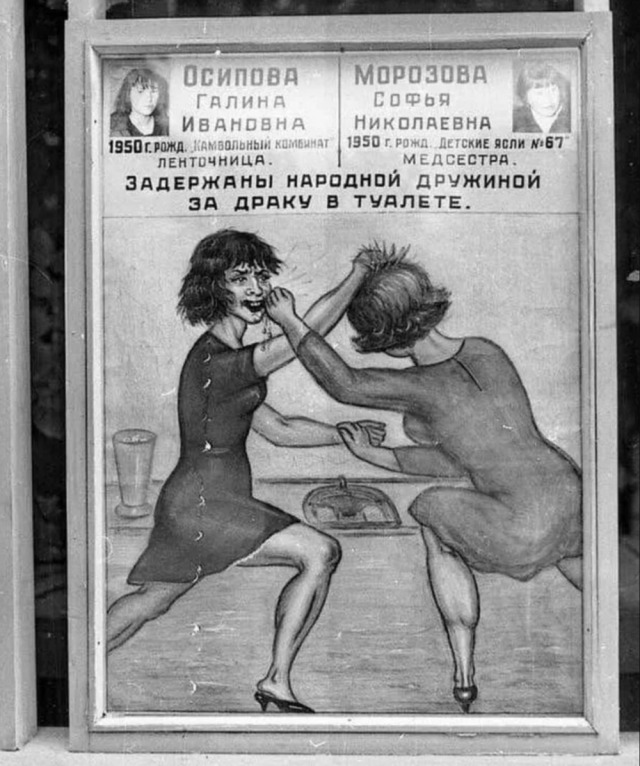
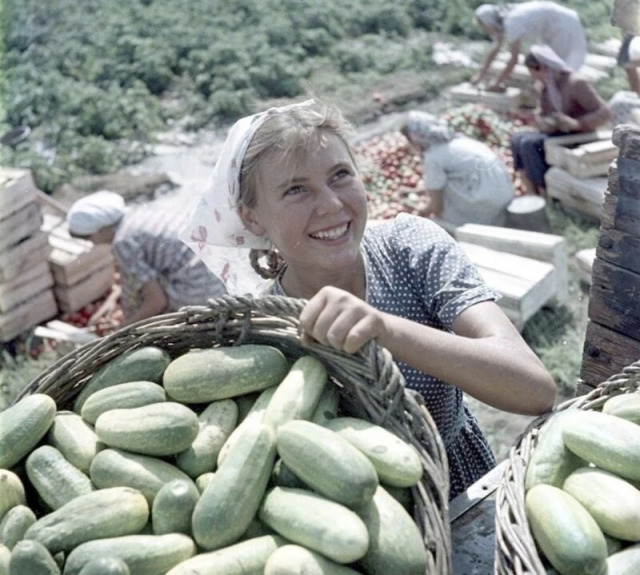
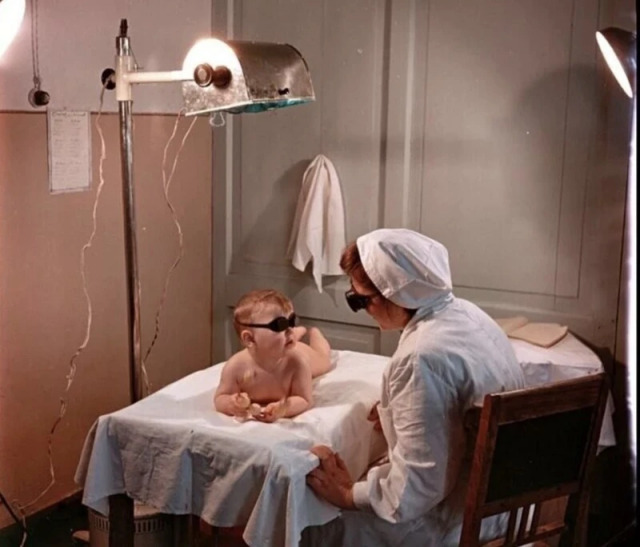
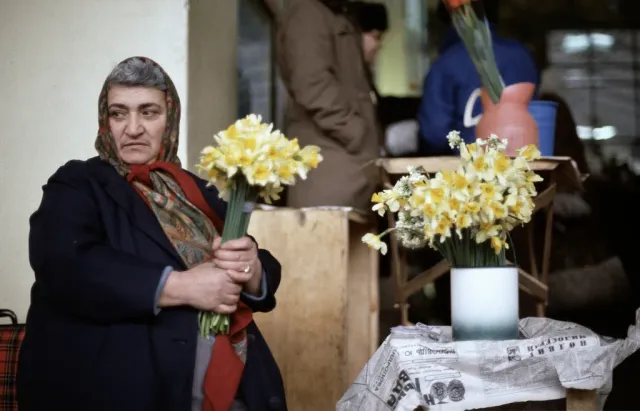

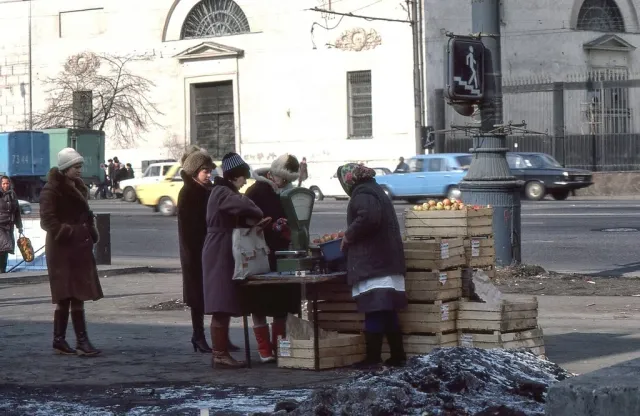
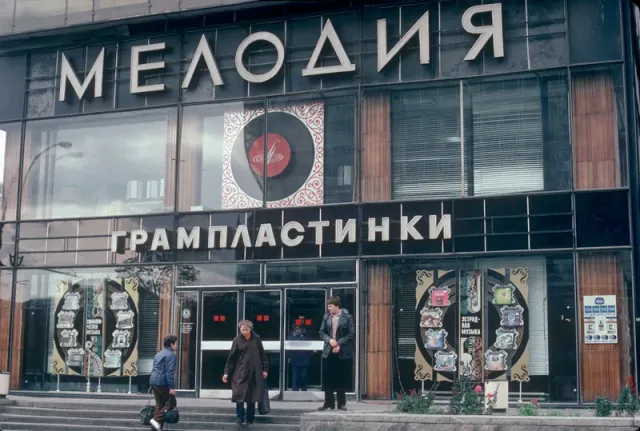
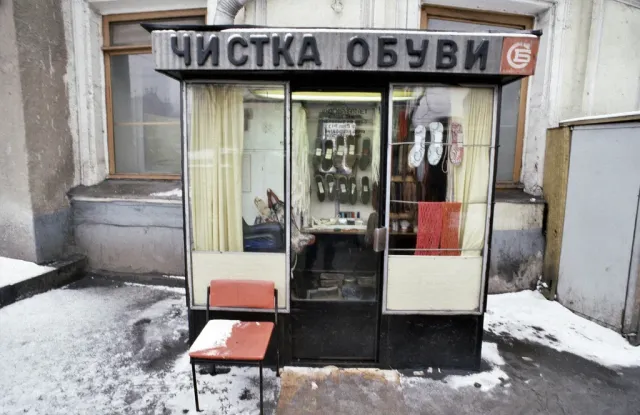



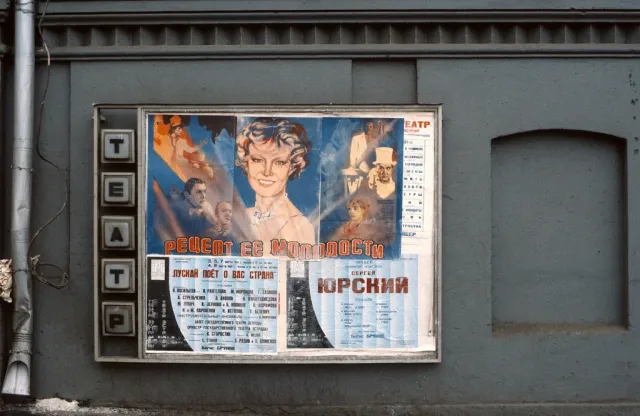
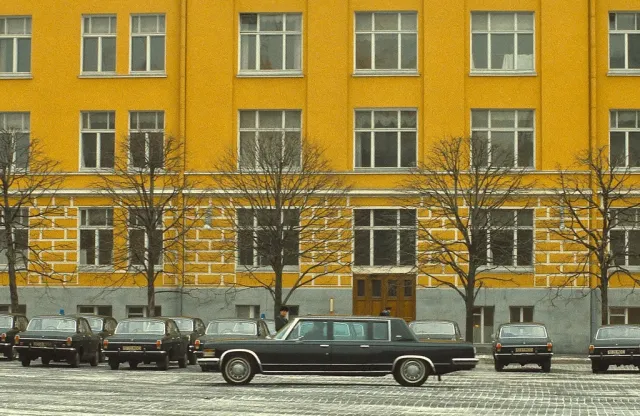
Video
Discover what life was truly like in the Soviet Union by watching this insightful video. Don’t miss out on this fascinating glimpse into the past!
Conclusion: Reflecting on Soviet Legacy through Photos
The photographs from the 1980s Soviet Union provide more than just a glimpse into the past; they offer us a chance to reflect on a society that, despite its challenges, managed to create moments of beauty, community, and resilience. These photos show us the contradictions of life in the USSR—grand ideals and struggles for basic needs, state control and personal freedom. They remind us that even in the most controlled environments, humanity finds a way to express itself, to dream, and to live. Through these photos, the legacy of the Soviet Union is preserved, giving us a chance to understand the everyday experiences of those who lived through it.
As we look back on these moments, it is clear that the 1980s in the Soviet Union was a time of significant change, both for the nation and its people. The images captured during this time continue to speak to us, offering not just historical insights but also a deeper understanding of human resilience in the face of adversity.

